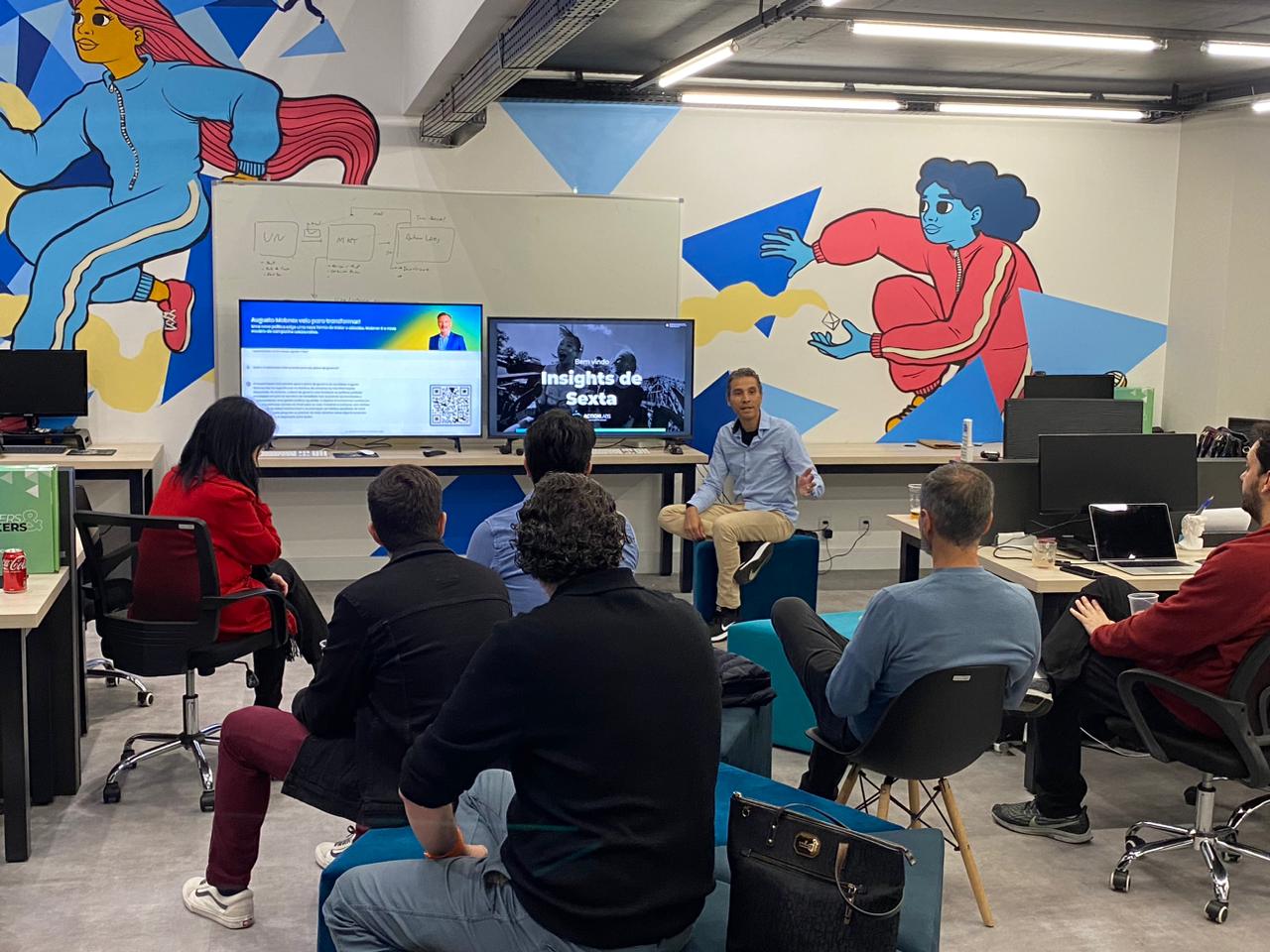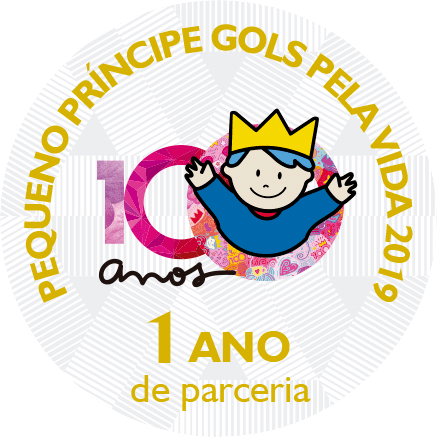The several ethnographic research methodologies offer powerful ways of obtaining insights for innovative products and services.
Since our work is focused on the user, nothing better than using Anthropology as a source for a deep immersion. The intention is to understand symbols, cultures and habits that can guide the development and marketing teams to make decisions based on the right persona.
Ethnography appeared in the last part of the 19th century and the beginning of the 20th century, when researchers concluded that just the real contact with people in the field would be capable of helping them better describe that people’s culture. In Design Thinking the implication of that was that in order to get to innovative results, it was key for product and service developers to have knowledge about this science.
The first step is to carry a deep interview with the user-to-be. For the results to be better, it is necessary to have this interview recorded in case some answer or other insights are needed afterwards. After the answers are collected and notes are taken regarding the users’ behaviors and reactions, this data will generate an Empathy Map which will help you recognize who the interviewee is.
Besides the interview, we need to spend a day with this person, taking notes of each action and decision, to then cross the data with the interview and validate the resulting insights, because we need to understand her routine and how she relates to the problem we intend to solve or the solution we intend to offer.
After we have put on this person’s shoes, we can understand who our persona is. The persona will be a fictional character that represents the patterns that were identified through the interviews and experiences. This persona will guide our user-focused decisions.
Because the criteria that determine the limits of the project are varied, it is important to first identify its real purpose, for example, by using an affinity diagram, which consists of grouping correlated information per topics and subtopics.
With all this data at hand, it is possible to sketch out the user journey, with its touchpoints, relationship, actions, intentions and reactions in each step of the process where the user will be actively using the solution we are offering.
The next steps are related to the product itself, because now you will be secure about the user. From this point on, everything you develop will be focused on the user and based on the information provided by the user himself. The key will be to identify the insights which will solve the real problem we are researching about.
Are you interested in making a PoC with us? Get in touch with us and discover our projects.




